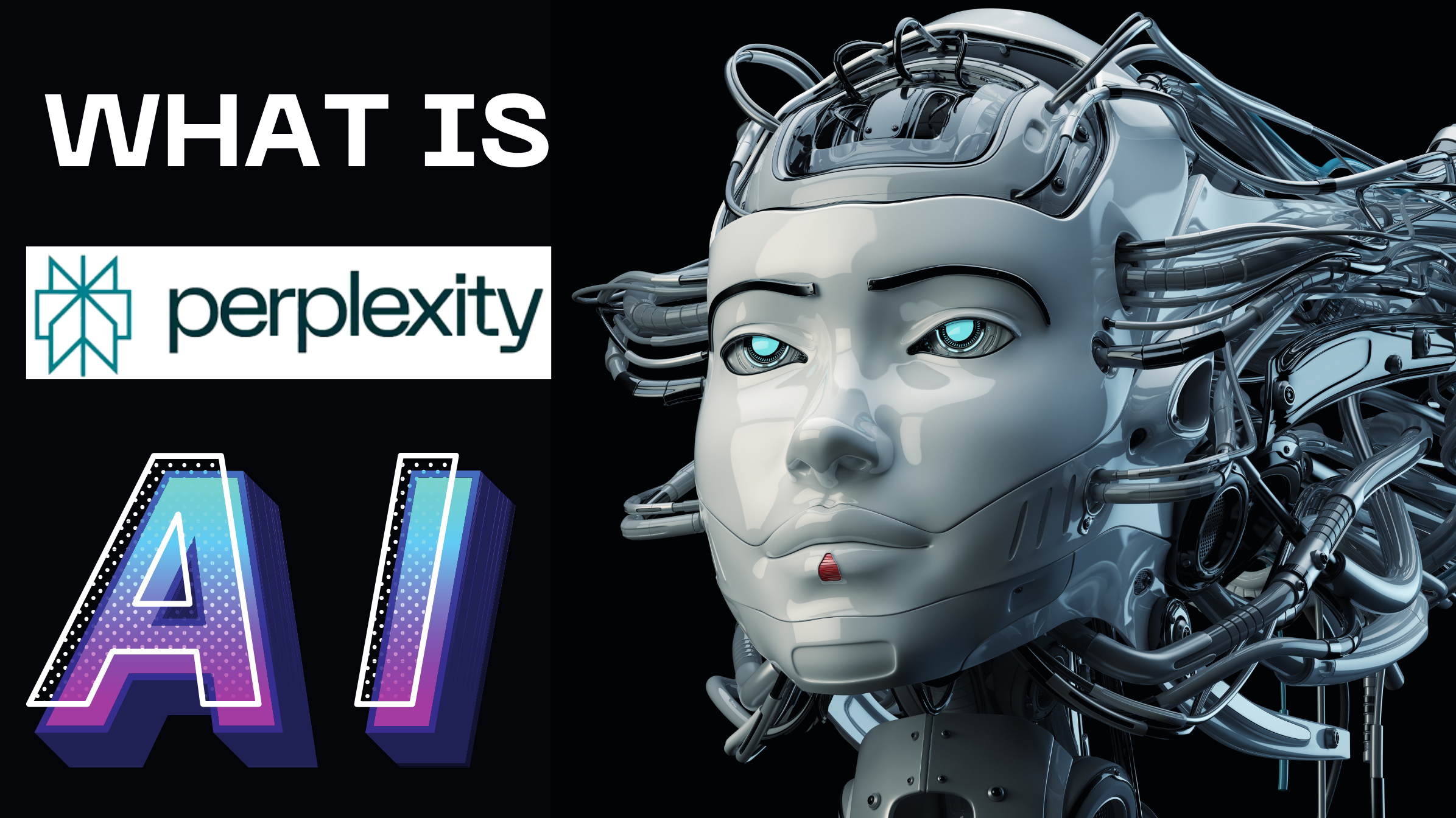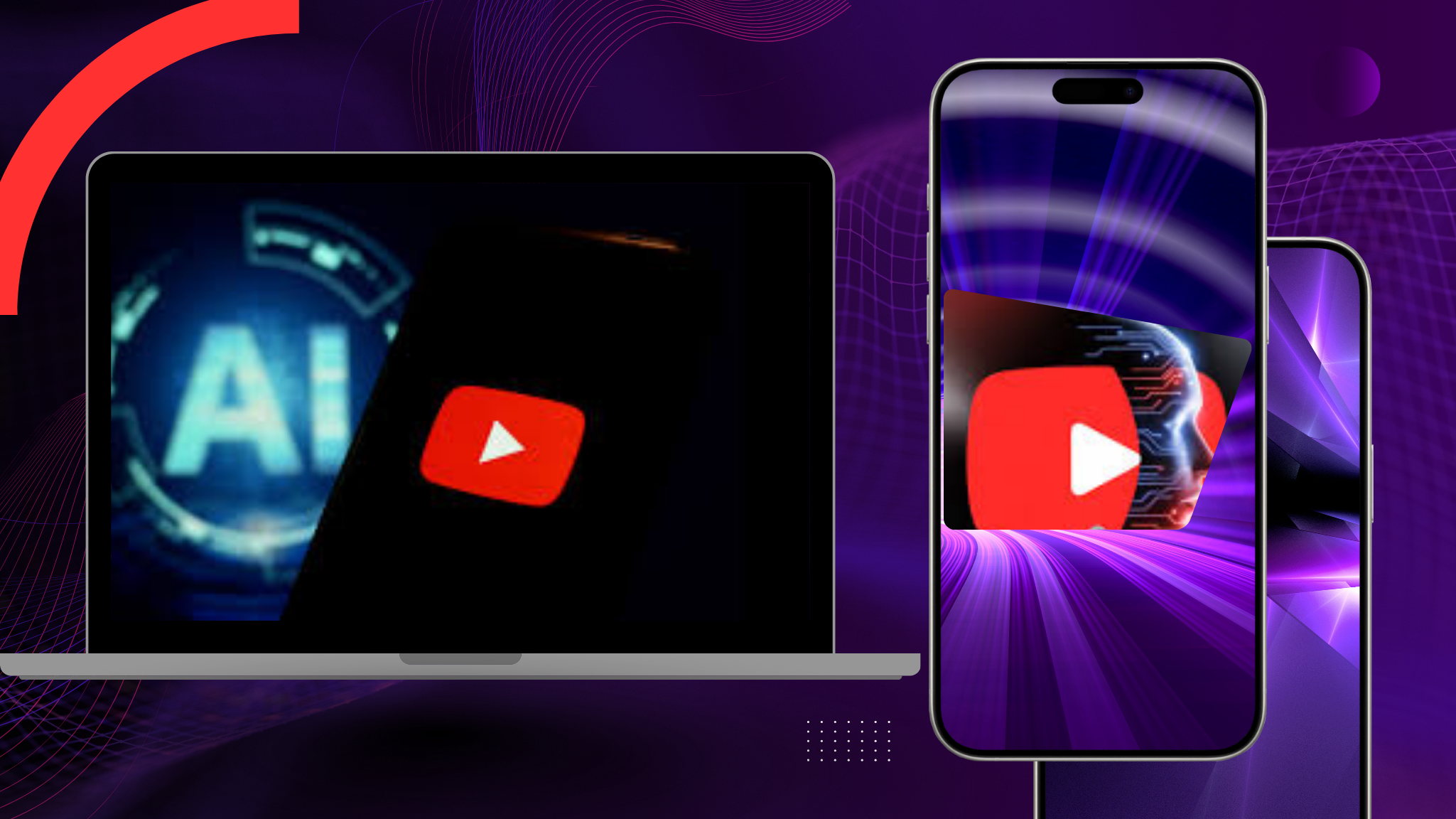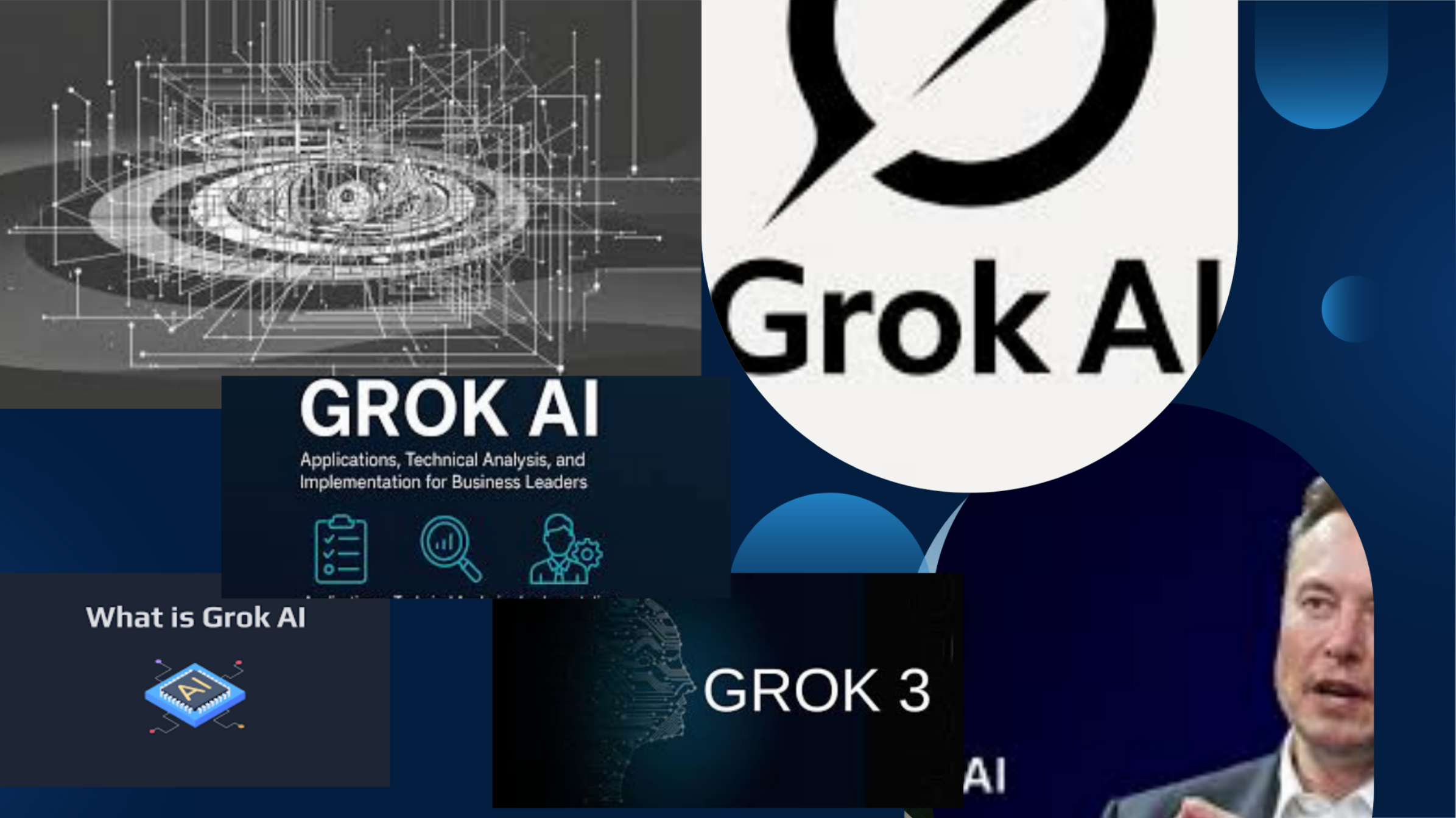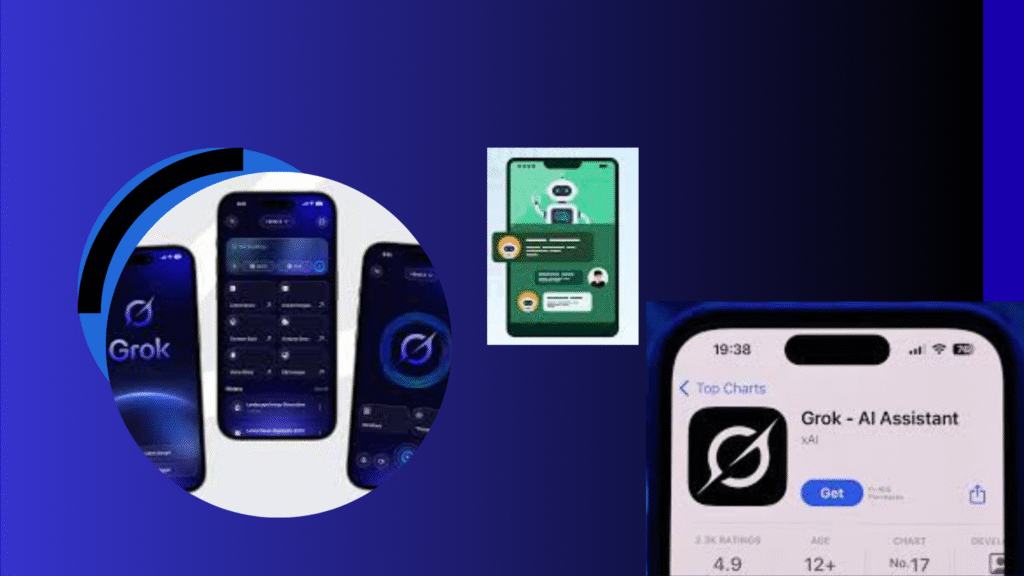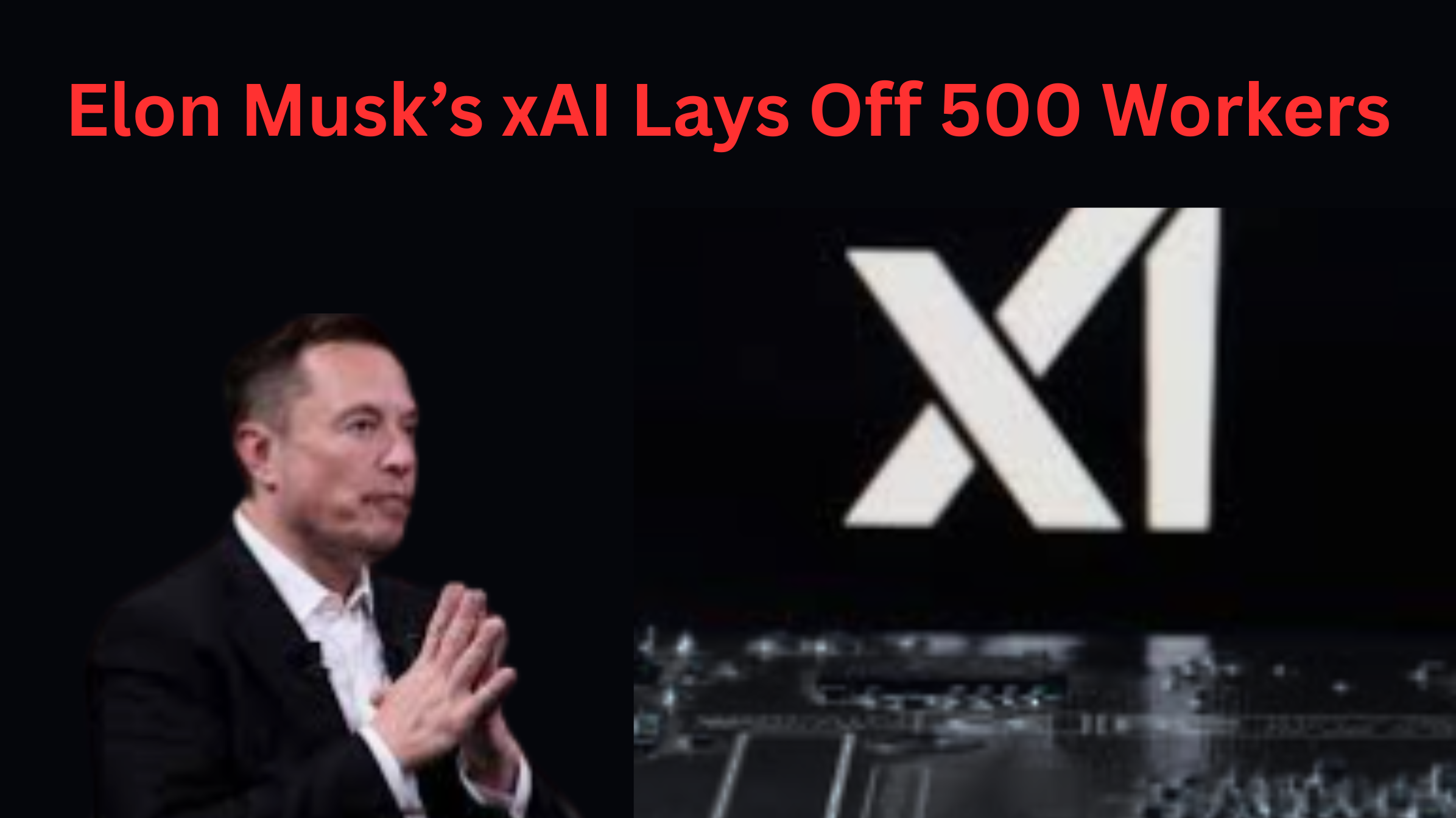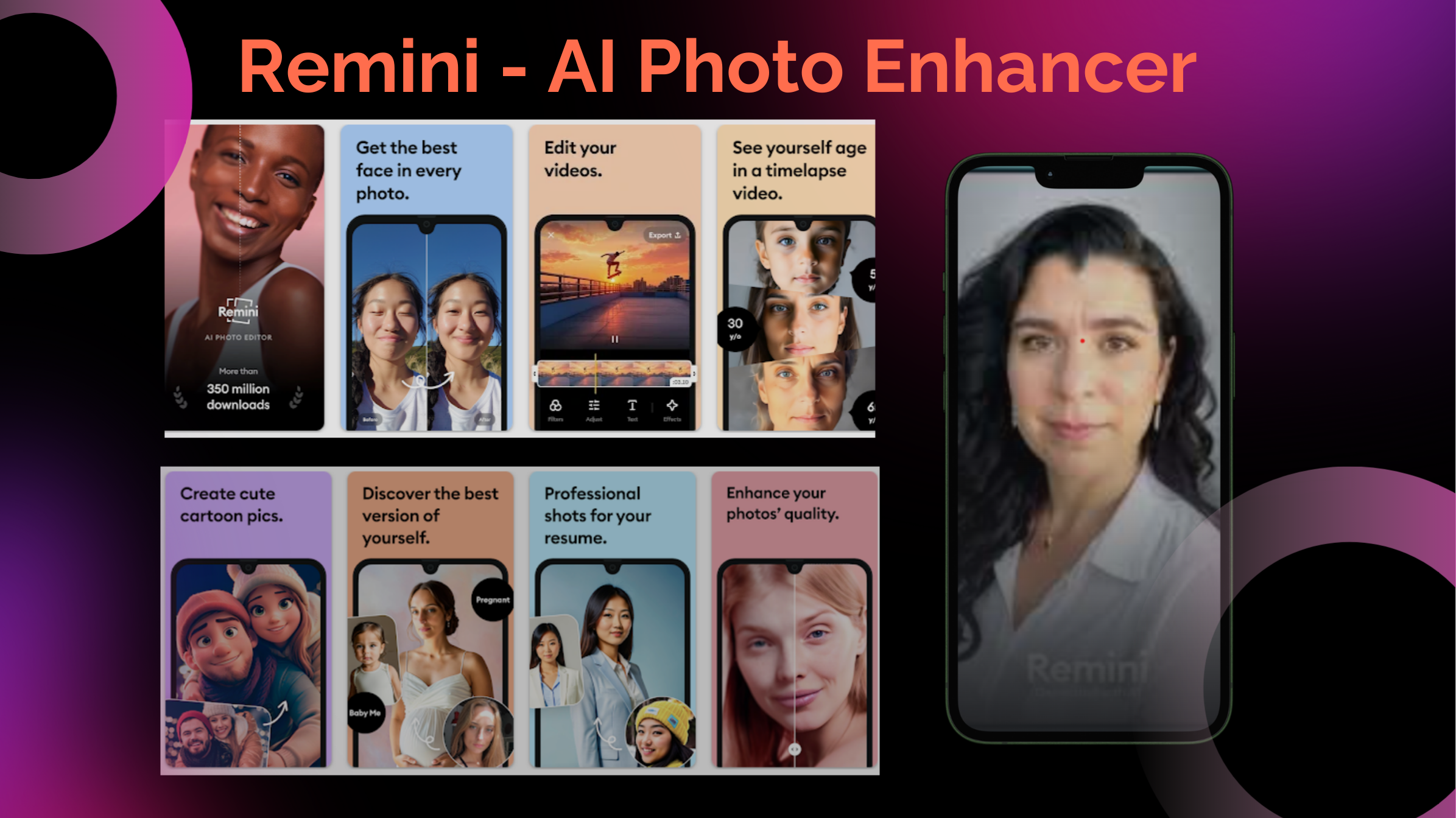Perplexity AI stands at the crossroads of innovation and controversy — a next-generation search engine redefining how humans interact with information while sparking debates over ethics, ownership, and the future of AI-driven discovery.
What is Perplexity?
Perplexity AI is a conversational AI search assistant that aims to provide concise, citation-backed answers and direct access to sources, with a focus on clarity and quick usefulness in a search context.
Perplexity is a measure used in probability, statistics, and natural language processing (NLP) to evaluate how well a probabilistic model predicts a sample. It’s particularly common for assessing language models.
Key ideas:
Intuition: If a model assigns high probability to the correct or observed data, it’s less “perplexed” by it. If it assigns low probability, it’s more perplexed.
Formal definition (for a sequence of tokens): Given a probability model P that assigns probabilities to sequences x1, x2, …, xn, the perplexity of the sequence is:
Perplexity = P(x1, x2, …, xn)^(-1/n)
Alternatively, using log probabilities:
Perplexity = exp( – (1/n) * sum_{i=1}^n log P(xi | x1..xi-1) )
Interpretation:
A lower perplexity means the model is more confident (better at predicting the sequence).
A perplexity of e ≈ 2.718 for a language model indicates average uncertainty per token; typical language models have perplexities in the 20–60+ range on standard benchmarks, depending on the dataset and model size.
For cross-entropy relation:
Cross-entropy H is related by Perplexity = exp(H). If the model’s average log-loss per token is L, then Perplexity = exp(L).
Use cases:
Comparing models: Lower perplexity on a held-out validation set suggests a better predictive model.
Language modeling: Evaluating next-token prediction quality.
Important details:
Perplexity depends on the test data distribution; it’s not a single global property of a model.
It can be computed for entire sequences or per-token, and for batch data you average per-token perplexities.
Simple example (per-token log-prob):
Suppose a model assigns log-probabilities to a sequence of 3 tokens: log P(x1)=-2, log P(x2|x1)=-1.5, log P(x3|x1,x2)=-2.2.
Average log-probability: (-2 – 1.5 – 2.2)/3 = -1.9
Perplexity: exp(1.9) ≈ 6.69
What Is Perplexity AI, Inc.? A Deep Dive into the Future of Search
In today’s fast-moving world of artificial intelligence, you may be asking: What is Perplexity AI? The answer lies in a bold vision: to build a powerful conversational search assistant that delivers concise, citation-backed answers — not just a list of links.
The company behind it, Perplexity AI, Inc., was founded in 2022 and operates under the simple brand Perplexity. Its flagship product, the Perplexity search engine, is designed to process user queries and synthesise responses from the real-time web. In this article, we’ll cover Perplexity’s origin, its products such as the Perplexity AI app and Perplexity AI browser, subscription tiers like Perplexity Pro, its valuation and funding journey, controversies including lawsuits and copyright issues, and where it stands versus competitors such as ChatGPT or Gemini.
So: Who owns Perplexity AI? Who founded Perplexity AI? How does it compare with traditional search engines? Is Perplexity AI free? What is Perplexity Pro? Let’s explore.
The History of Perplexity AI
Founding and Early Years
The story begins with the question: Who founded Perplexity AI? The answer: co-founders include Aravind Srinivas (who also serves as Perplexity AI CEO), Denis Yarats, Johnny Ho and Andy Konwinski.
These leaders brought deep backgrounds in back-end systems, AI and machine learning. The company officially launched in August 2022.
Their ambition: build a next-gen search engine rather than simply another chatbot. To that end, the Perplexity search engine debuted in December 2022, enabling users to ask natural-language questions and receive answers with inline citations—a hallmark of the product.
Growth, Funding and Valuation
From its early days, Perplexity AI moved fast. In April 2024 the company raised US$165 million in funding, valuing it at over US$1 billion.
By mid-2025 Perplexity AI closed another large round (≈US$500 million) that pushed its valuation to about US$14 billion.
Recent reports suggest Perplexity AI is targeting valuations above US$18 billion.
Its investors include heavy-hitters such as Jeff Bezos, Nvidia and Databricks.
Thus, the story of Perplexity AI history is one of rapid scale, big funding, and a bold attempt to challenge legacy search players.
What Does Perplexity Offer? Features, Products & Platforms
Core Offering: The Search Engine and App
At its heart, the Perplexity search engine asks and answers questions: users type natural-language prompts and receive synthesized answers with inline citations and source links. This distinguishes it from traditional search results.
In addition to the web version, there is a dedicated Perplexity AI app (available on iOS and Android) and a Perplexity AI Chrome extension for desktop. These allow users to access the Perplexity service on mobile and in browser contexts easily.
Premium Tier: Perplexity Pro and the Subscription Model
So: Is Perplexity AI free? Yes — you can use the basic version of Perplexity at no cost. However, for more advanced capabilities the company offers Perplexity Pro, its paid subscription tier.
What is Perplexity Pro? It unlocks access to more advanced models, larger limits, and features like internal file search and API access. For instance, users can choose between backend models such as GPT-5, Claude 4.0, Grok 4 and internally-developed models such as Sonar and R1 1776.
Thus, the Perplexity AI subscription model offers a freemium + premium approach — enabling users to start for free and upgrade for power-user features.
Other Named Products: Comet, Sonar, R1 1776 & More
The company is not stopping with search alone. Among its newer products:
Perplexity Comet: a browser built on Chromium with deep integration of the Perplexity search engine and AI assistant capabilities. Launched in July 2025 initially for higher-tier users, with free download later in October.
Perplexity Sonar: one of the proprietary models developed by Perplexity AI (based on Llama 3.3).
Perplexity R1 1776: another in-house model (based on DeepSeek R1) that powers select backend capacities. ([Wikipedia][1])
Internal Knowledge Search: enabling users (esp. enterprise) to upload documents (Excel, Word, PDF) and perform search across both internal files + web content.
Search API & SDK: Through the Perplexity AI API, developers gain programmatic access to Perplexity infrastructure; the company also released “search_evals” as an open-source evaluation framework.
Shopping Hub & Finance tools: The Perplexity AI shopping hub (launched Nov 2024) leverages AI-generated product recommendations, and finance tools enable stock quotes, peer comparisons, etc.
Key Features & Use Cases
What features does Perplexity AI offer?
Natural-language query + chat style interaction.
Inline citations: answers include clickable source links.
Multiple model backends: free tier uses core model; Pro lets you choose between GPT-5, Claude, etc.
Integration across platforms: web, mobile app, extension, browser (Comet).
Internal document search (for Pro & enterprise users).
Developer API and SDK support.
Shopping and finance verticals (for user monetization).
Multi-modal assistant support (the Perplexity AI Assistant can use a phone camera).
These capabilities mean you can use Perplexity AI for research, fact-checking, general knowledge queries, enterprise file search, shopping comparisons and even finance tracking.
But the question remains: How accurate is Perplexity AI? Is Perplexity AI reliable?
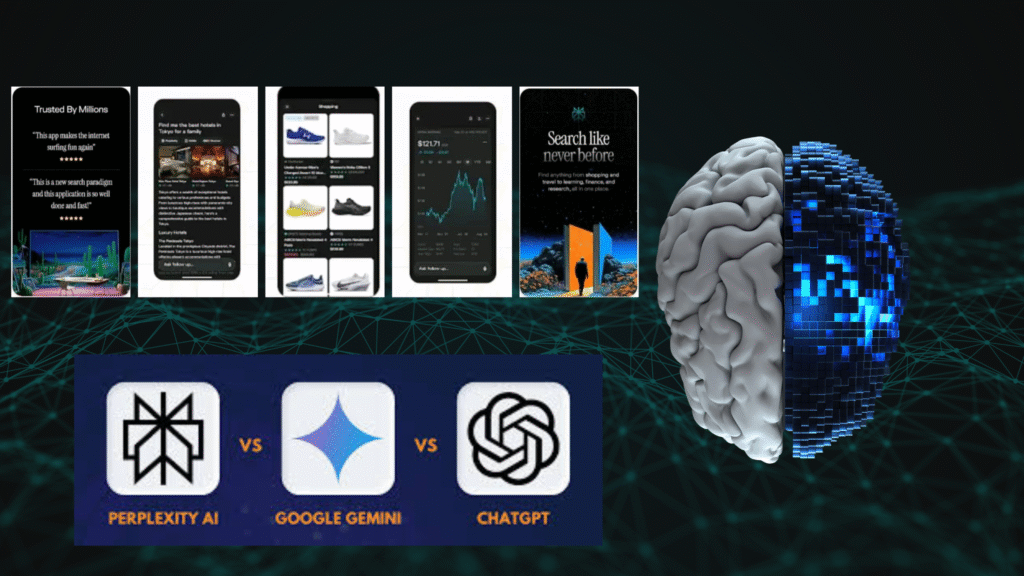
How Does Perplexity AI Work & How Reliable Is It?
Mechanism & Architecture
How does Perplexity AI work? In essence, the tool uses large language models (LLMs) combined with real-time web search retrieval. When a user asks a question, Perplexity uses its search engine to find relevant web results, then uses an LLM to generate a synthesized answer that includes inline citations linking to the sources.
In the Pro version, users can choose different backend models (GPT-5, Claude, Sonar, R1 1776). This gives flexibility in output style, depth and reasoning. The company also supports a developer Search API and Pre-built SDKs (and “search_evals” for evaluation).
Thus, the architecture is retrieval-augmented generation (RAG) — where retrieval of web sources is followed by generation of answer.
Accuracy, Reliability & Critical Consideration
Is Perplexity AI reliable? How accurate is Perplexity AI? In general, early reviews suggest the product performs strongly in delivering concise, citation-backed answers — particularly compared to more free-form chatbots. However, academic audits show risks: a study of generative AI search engines (including Perplexity) found that while retrieval/answers were often helpful, there were errors, bias and sourcing issues.
Because Perplexity uses multiple models and sources, variation in output is possible. While the inline citations help with transparency, users should still verify critical information. So yes — Perplexity is a strong research tool, but like any AI product, it’s not infallible.
Comparison: Perplexity AI vs ChatGPT vs Gemini
Let’s address the question: What is the difference between Perplexity AI and ChatGPT?
ChatGPT (by OpenAI) is primarily a conversational large-language-model chatbot with broad capabilities but less built-in web retrieval transparency.
Perplexity emphasises a search-engine style offering: natural-language queries, retrieval of up-to-date web sources, and summarised answers with citations.
Therefore, in the “Perplexity AI vs ChatGPT” debate:
Perplexity tends to deliver more source-anchored results and focuses on fact-type queries.
ChatGPT excels at free-form generation, creative tasks and conversational depth.
What about “Perplexity AI vs Gemini”? Gemini (by Google) is integrated into Google Search and the broader Google ecosystem, giving it scale and multi-modal prowess. Perplexity’s advantage is its independent, retrieval-first approach and citation clarity. Thus the “Perplexity AI vs ChatGPT vs Gemini” triangle highlights different strengths: Perplexity for search + sources, ChatGPT for generative conversation, Gemini for integrated ecosystem.
Can Perplexity Replace Google Search?
A natural question: Is Perplexity AI better than Google Search? Can Perplexity AI replace Google?
Perplexity offers an interesting alternative: query → summary + sources, minimal clicks, less clutter. For many research-type tasks, this is compelling. But for many users, Google Search offers depth, multimedia results, vast index and ecosystem connections (Maps, Shopping, News).
So while Perplexity may not fully replace Google today, it represents a strong contender in the evolution of search. Especially for those seeking quick, cited answers in a chat-style interface.
Model Questions: Does Perplexity AI use GPT-5?
Yes: one of the backend models offered in Perplexity Pro is GPT-5. That said, users of the free tier may be using Perplexity’s internal model rather than GPT-5. So the answer: Perplexity AI can use GPT-5 (via the Pro plan) but it is not the only model it uses.
Business, Market & Strategy
Subscription, API & Enterprise Plan
The company’s monetisation comes from several streams: free tier for acquisition, Perplexity AI subscription (Pro) for power users, enterprise plans for organisations, and API usage for developers. The Perplexity AI enterprise plan offers advanced features like uploading hundreds of files, combining internal document search with web content, and dedicated support.
Developers can access the Perplexity AI API, use the SDK and work with the search_evals open-source evaluation framework. This means the company is positioned not just as a consumer app but a developer platform as well.
Funding & Valuation
Recapping: The company’s Perplexity AI funding milestones: early rounds in 2023, a significant round in April 2024 at ~$165 million, later rounds in 2025 pushing valuation into the ~$14-18 billion range.
Thus the Perplexity AI valuation is now one of the highest among independent AI search start-ups.
Investors & Strategic Deals
Major Perplexity AI investors include Nvidia, Jeff Bezos, Databricks, and others.
Strategically, the company has explored big moves: For example, the proposed Perplexity AI and TikTok merger (with TikTok US) and the attempted Perplexity AI and Google Chrome deal (Perplexity bid ~$34.5 billion for Google Chrome).
These moves reflect ambition far beyond basic search.
Growth & Future Updates
The company reports strong user growth: in May 2025 the platform processed ~780 million queries and had month-over-month growth of >20 %.
Looking ahead, the company plans more product expansions, multi-modal capabilities, and deeper enterprise integrations — in short: significant Perplexity AI future updates are expected.
Legal and Ethical Challenges
Lawsuits & Controversies
Perplexity has not been without challenge. The company faces a number of high-profile Perplexity AI lawsuits 2025, including media companies such as the BBC, The New York Times, and Japan’s Yomiuri Shimbun.
In June 2024, Forbes accused Perplexity of republishing content without proper citation or credit.
So: Why is Perplexity AI being sued? The central allegations revolve around Perplexity AI copyright issues, unauthorised scraping, and trademark infringement (one lawsuit by Perplexity Solved Solutions).
Web-Crawler & Scraping Controversy
Another major issue: the company’s use of stealth web crawlers. Reports from Cloudflare and Wired found that Perplexity was allegedly using undisclosed IP addresses and spoofed user-agent strings to ignore robots.txt blocks.
This has fed the broader Perplexity AI scraping controversy and raised ethical questions about content use and crawler transparency.
In short: What are the controversies about Perplexity AI? They centre on copyright/trademark infringement, unauthorised web crawling, and potential publisher “free-riding”.
Media Lawsuits & Partner Programs
Media organisations such as Forbes, NYT, Yomiuri Shimbun, The Asahi Shimbun and others have all filed legal action. The term Perplexity AI media lawsuits reflects this wave of litigation directed at how Perplexity uses publisher content. plus the BBC vs Perplexity AI dispute over scraping.
In response, Perplexity has launched a publishers’ revenue-share program (July 2024) to partner with media organisations rather than rely solely on scraping.
Therefore, the company must balance aggressive growth with evolving norms of content licensing and ethical AI behaviour.
Competitive Landscape & Market Position
Perplexity AI versus Big Players
As noted, the question What is the difference between Perplexity AI and ChatGPT? matters. The “Perplexity AI vs ChatGPT vs Gemini” framing situates Perplexity in a competitive triad.
ChatGPT (OpenAI) – generic chatbot and content generator.
Gemini (Google) – integrated into Google’s ecosystem and search.
Perplexity – focused on search, real-time web retrieval, transparent citations and quick fact-based responses.
To ask: Is Perplexity AI better than Google Search? In certain use-cases yes (citation-backed answers, simplified interface). But in scale, breadth and integration, Google remains the leader.
Can Perplexity AI replace Google? Possibly in niches (research, academic, enterprise) but full replacement is a tall order.
Unique Strengths and Challenges
Strengths of Perplexity:
Quick turn-around answers with source links.
Multiple advanced models for power-users (GPT-5, Sonar, R1 1776).
Innovative offerings such as browser (Comet) and internal knowledge search.
Challenges:
Intense competition from Google, Microsoft + OpenAI.
Litigation risk and crawling-ethics concerns.
User-trust and accuracy issues inherent in generative AI.
The Team & Leadership
A key question: Who is the Perplexity AI CEO? The answer is Aravind Srinivas. As co-founder and CEO of Perplexity AI, Srinivas plays a pivotal role in steering the company’s vision.
His background includes research roles at OpenAI, Google Brain and DeepMind.
Thus, when someone asks “Aravind Srinivas Perplexity AI”, they refer to the founder-CEO who is pushing the company into new frontiers of AI search.
Use Cases: From Free Use to Enterprise
Free Tier & How to Use Perplexity AI for Free
Yes—you can use Perplexity AI for free in its base version. This allows you to ask questions, receive citation-backed answers and browse the search engine without paying. Upgrading to Perplexity Pro unlocks advanced features.
For students, researchers, professionals or curious users: How to use Perplexity AI for free? Just sign up on the website or app, use the free tier, and consider whether the Pro tier is worth your needs.
Research, Enterprise & Developer Use
For power-users: yes, you can use Perplexity AI for research. With features like document upload, internal knowledge search and a developer API, the platform supports academic, enterprise and technical workflows. The Perplexity AI enterprise plan expands these capabilities further.
Developers can review Perplexity AI API documentation and integrate with SDKs and “search_evals” framework. So whether you’re querying for a quick answer or embedding Perplexity functionality in your product, the offering scales.
Ethics, Safety & Future Outlook
Safety: Is Perplexity AI Safe to Use?
Generally yes — but with caveats. As with any AI platform, users should verify high-stakes information, watch for bias, and verify sources. The transparency of citation is a plus.
Thus the direct answer to Is Perplexity AI safe to use? is: it is reasonably safe for everyday queries and research, but not a substitute for expert validation.
What Lies Ahead: Future Updates & Strategic Ambitions
Looking forward, Perplexity AI is planning new features: expanded enterprise integrations, improved multi-modal capabilities (camera and assistant tasks), deeper developer tools, and possibly more strategic partnerships or acquisitions. These are its Perplexity AI future updates.
The company’s attempt at the Perplexity AI and Google Chrome deal (bid ~$34.5 billion) signals its ambition to redefine the interface to the web.
If successful, Perplexity could re-architect how we search, browse and interact with information.
Summary & Key Takeaways
What is Perplexity AI? A conversational-search engine built by Perplexity AI, Inc. that synthesises web results and provides citation-backed answers.
Who founded it / who owns it? Founded in 2022 by Aravind Srinivas (CEO), Denis Yarats, Johnny Ho and Andy Konwinski. Ownership remains private and backed by investors including Jeff Bezos, Nvidia and Databricks.
Is it free? Yes — the basic Perplexity offering is free; upgrade via Perplexity Pro subscription for advanced features.
What features does it offer? Natural-language query, inline citations, multiple backend models (GPT-5, Sonar, R1 1776), mobile/desktop apps, browser (Comet), developer API, internal knowledge search.
Accuracy & reliability? Strong candidate for research and fact-checking, thanks to citations; still requires critical user judgement.
Legal & ethical challenges? Yes. Issues around copyright, scraping, trademark suits (e.g., BBC vs Perplexity AI, Yomiuri Shimbun vs Perplexity AI).
Competition & market position? Competes with ChatGPT (OpenAI) and Gemini (Google) but styles itself as a more answer-centric, source-transparent search engine.
Valuation & funding? Rapid funding trajectory; recent valuation estimates in the US$14–18 billion range.
Future Outlook? Big ambitions (browser, enterprise search, mergers such as Perplexity AI and TikTok merger), strong investor backing, key updates coming.
Final Thoughts:
If your next question is What is Perplexity? — now you have a deep, multi-angle answer. Perplexity AI, Inc. is not just another chatbot; it’s building a new paradigm for search where AI and web retrieval converge, where answers come with sources, and where the browser itself becomes an AI agent.
Yes, it still faces hurdles — accuracy, legal risk, competition — but the momentum is real. Whether you’re a student asking “how to use Perplexity AI for free?”, a researcher using the developer API, or an enterprise evaluating internal knowledge search, Perplexity offers a compelling platform.
In the coming years, the question may shift from Will Perplexity AI replace Google? to How will Perplexity AI redefine how we access knowledge?

